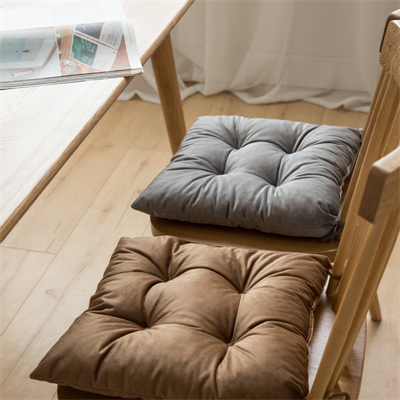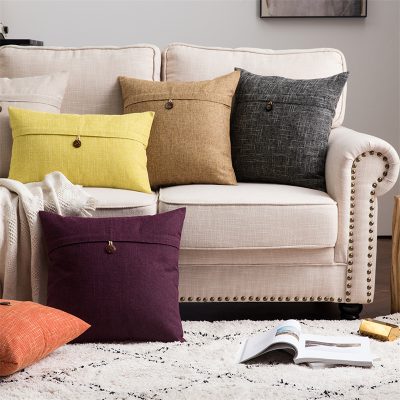The science of pillowcases involves various factors that can affect your sleep quality, comfort, and even your skin and hair health. Here are some key scientific aspects to consider when it comes to pillowcases:
- Material Science:
- The choice of material plays a crucial role in pillowcase comfort and function. Different materials, such as cotton, silk, satin, linen, and bamboo, have distinct properties that affect breathability, moisture-wicking, and texture.
- Thermoregulation:
- Pillowcase materials have varying levels of breathability and heat retention. For example, cotton and linen are known for their breathability, helping regulate your body temperature during sleep.
- Friction and Hair Health:
- The type of fabric can impact the friction between your hair and the pillowcase. Smooth materials like silk or satin reduce friction, which can help prevent hair breakage and reduce frizz.
- Skin Health:
- Pillowcases can influence skin health by either retaining moisture or wicking it away. Silk pillowcases, for instance, are less likely to absorb moisture from your skin, potentially helping to keep it hydrated.
- Allergen Resistance:
- Some pillowcase materials and treatments are designed to resist allergens like dust mites and pet dander. These can be especially important for individuals with allergies or asthma.
- Thread Count and Weave:
- Thread count refers to the number of threads per square inch in a fabric. A higher thread count can create a smoother and softer texture. Different weave patterns, such as sateen, percale, and twill, offer different levels of comfort and durability.
- Anti-Microbial Properties:
- Some pillowcases are treated with anti-microbial agents to inhibit the growth of bacteria, fungi, and other microorganisms, which can be beneficial for hygiene.
- Durability:
- The quality of the fabric, stitching, and construction affects the durability of pillowcases. A well-made pillowcase can last longer and provide better value.
- Stain Resistance:
- Stain-resistant pillowcases can be easier to maintain and keep looking fresh.
- Environmental Impact:
- The choice of pillowcase material can have environmental implications. Organic, sustainable, or recycled materials can reduce the environmental footprint of your bedding.
- Sleep Position and Health:
- Pillowcases can influence your sleep posture and health. For example, certain pillowcase materials may be more suitable for side sleepers, back sleepers, or individuals with specific health conditions like sleep apnea.
- Aesthetics:
- The color, design, and texture of your pillowcase can impact the visual appeal of your bedroom.
- Sensory Comfort:
- The sensory experience of touching and feeling the pillowcase can affect your overall comfort and satisfaction with your bedding.
In summary, the science of pillowcases encompasses various aspects related to materials, comfort, hygiene, and health. Understanding these factors can help you make informed choices when selecting pillowcases that best suit your preferences and needs, ultimately contributing to a better night’s sleep and overall well-being.




















